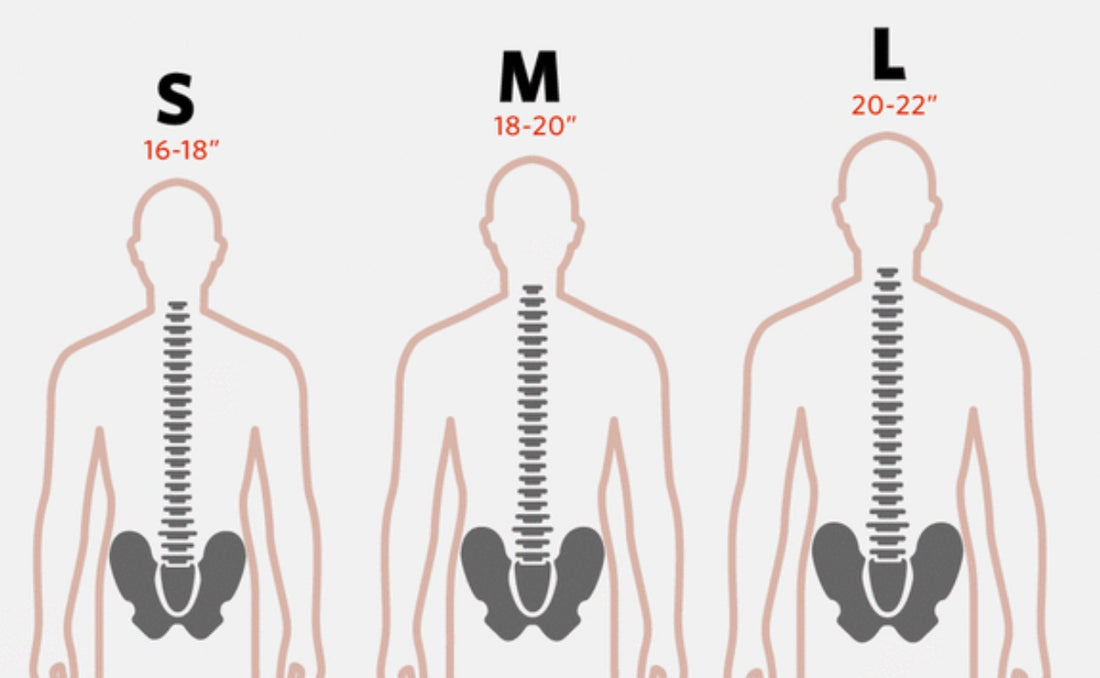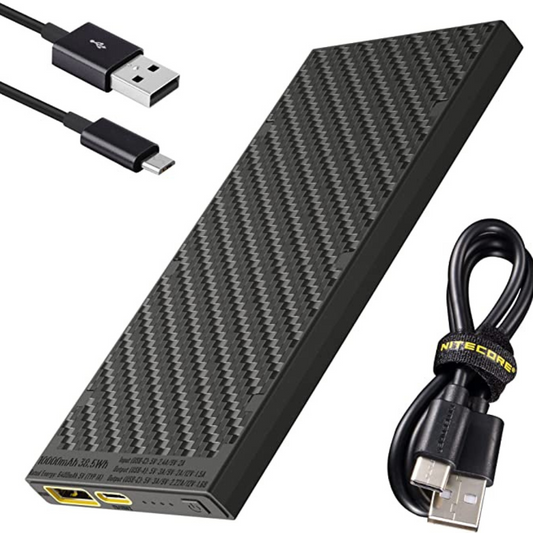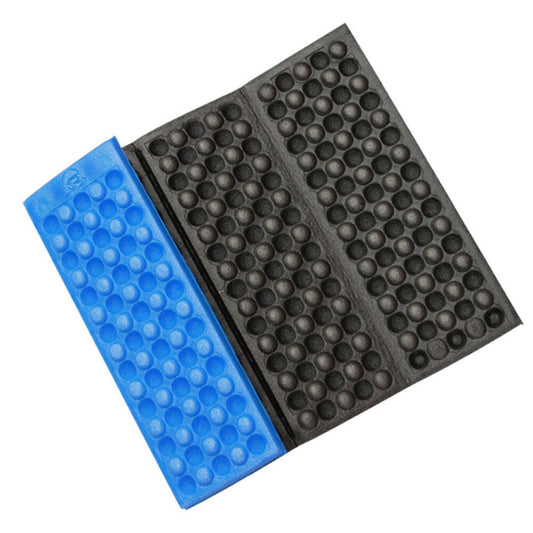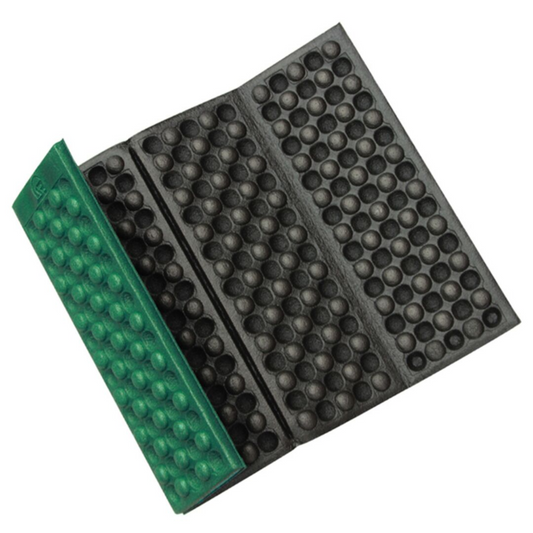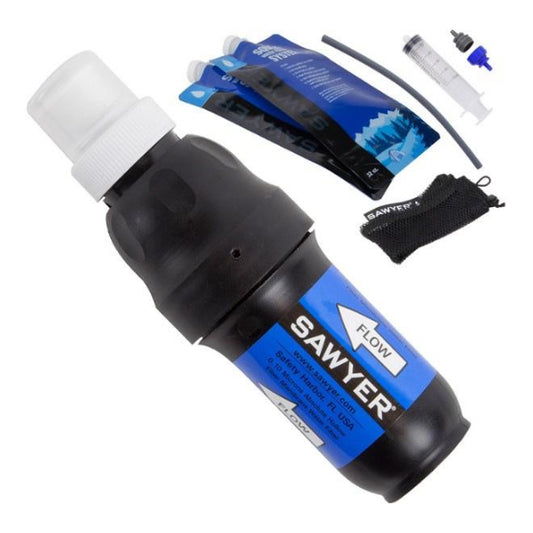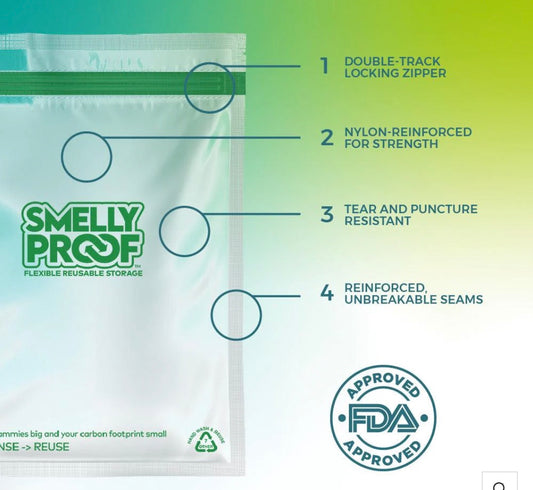Measuring backpack torso size correctly is one of the most critical items on your pre-trip checklist. If you do it right, your pack will be significantly more comfortable. Your packs shoulder straps should rest comfortably on your shoulders. The hip belt should rest on your hips.
To measure your torso size for a backpack, you'll need a flexible measuring tape or a string that you can measure later with a ruler. Here's a step-by-step guide to help you measure your torso accurately:
1. While standing upright with your chin touching your chest, have a friend locate your C7 vertebra. This is the most protruding vertebra at the base of your neck. This spot should stick out a bit more than the rest of your vertebra and it’s where the slope of your shoulders meets your neck. Your measurement will start from this point (your C7). The C7 also is very close to the collar of most T-shirts after putting your chin on your chest.
2. Find the top of your hip bone: Place your hands on your hips with your thumbs pointing backward. Slide your hands down your sides until you feel the top edge of your hip bone. This is usually the level where your iliac crest is located.

3. Measure the distance between the C7 vertebra and the top of your hip bone: With the measuring tape or string, place one end at the C7 vertebra and extend it vertically to the top of your hip bone. Ensure that the tape or string is following the natural curve of your spine. Make a note of the measurement.

4. Determine your torso size category: Backpack manufacturers typically categorize torso sizes into small, medium, and large or provide a specific measurement range. Use your measurement to determine which size category your torso falls into.
Most adults have a torso length of about 45-55cm (18-22"). Remember that this number is not necessarily correlated with your height, so it is always better to measure!
5. Test the backpack fit: Once you have determined your torso size category, try on backpacks in that size range to find the most comfortable fit. Adjust the shoulder straps, hip belt, and any other suspension components to ensure a snug and balanced fit.
Remember, it's essential to consider other factors like load capacity, intended use, and personal preferences when choosing the right backpack.
Watch our short video below

